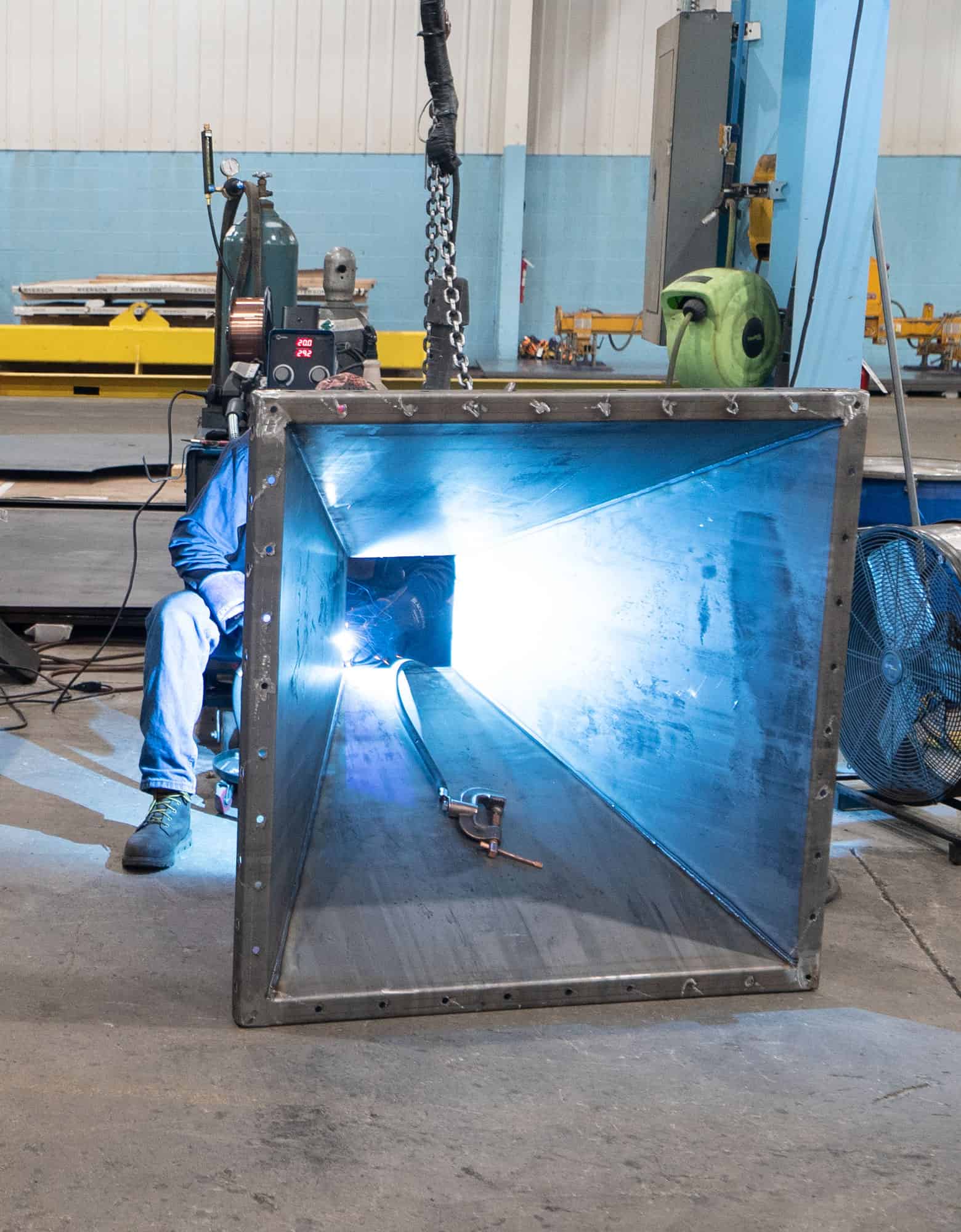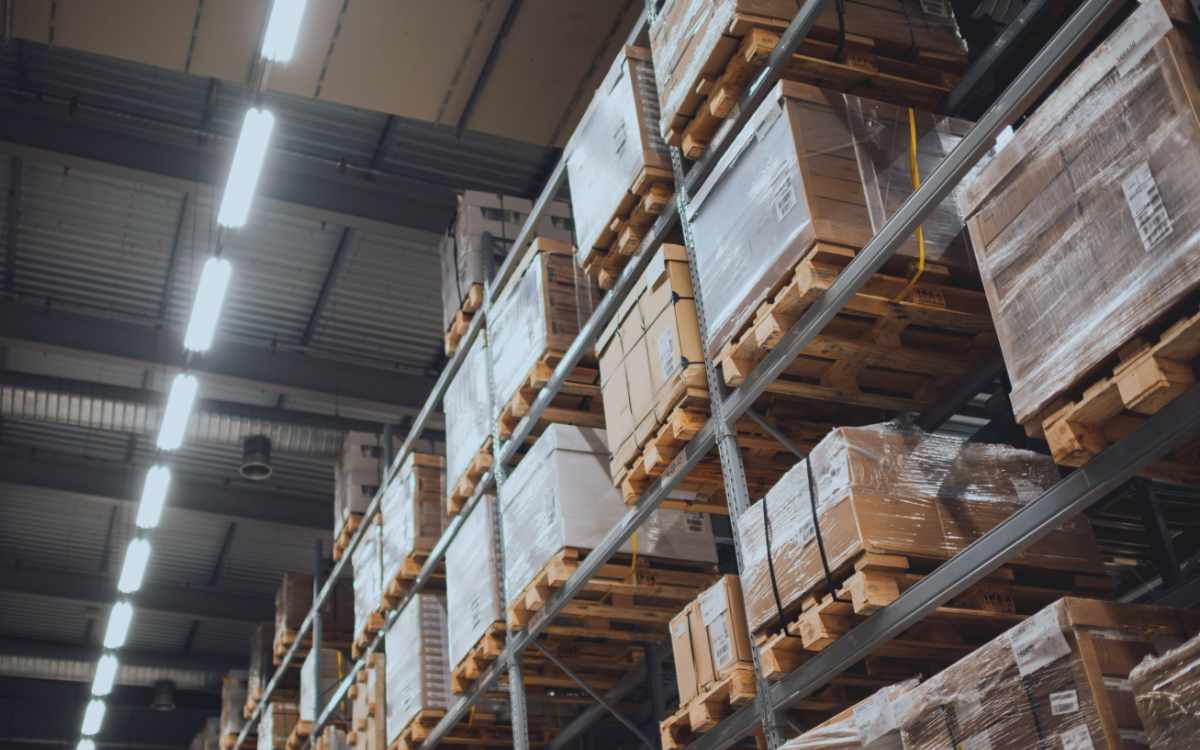 Some Interesting Welding Facts As We Recognize National Welding Month
Some Interesting Welding Facts As We Recognize National Welding Month
- Welding started in the Bronze Age when people first began using different types of metals. Blacksmiths mastered the art of forge welding, or heating pieces of metal to red heat and then hammering them together.
- Welding using electricity started in the 1800s, but the welds were often brittle because the metal oxidized. Welded seams at this time were prone to failure.
- The 1920’s saw research into shielding the welding arc with various gases to prevent welds from becoming brittle from exposure to oxygen. Eventually, this research would lead to early versions of all shielded welding processes.
- The first industrial robot ever put into use was a spot welder used by General Motors. It weighed two tons.
- In space, there’s no oxygen. Because metals can’t form their usual layer of oxidation, two different types of metal that touch each other in space will instantly weld themselves together.
- According to the Bureau of Labor Statistics, the average pay for welders across the United States is $19.35 per hour. Most welders have a high school education.
 There are an estimated 410,000 welders, cutters, solderers, and brazers working today. The average age of these welders is 54 years old, suggesting that not as many young people are choosing it as a career.
There are an estimated 410,000 welders, cutters, solderers, and brazers working today. The average age of these welders is 54 years old, suggesting that not as many young people are choosing it as a career.- Welding jobs are expected to grow at a rate of 6% to 10% over the next twenty years, not including the need to replace retiring workers.
- 50% of all manufactured products, from bridges to computers, go through some type of welding during their manufacturing.
- Welders with special skills, like underwater welding, can make up to $100,000 per year. These jobs require extensive training in the special challenges of the work.
- Welding as an art form has led to some amazing metal sculptures that are on display all over the world. Welded art has become a growing industry.
- Besides standard welding methods, some applications use ultrasonic vibrations to cause metal molecules to bond together. Others use explosions to create enough pressure to force metals to bond.
- Many industries, including the automotive industry, use robot welders in their manufacturing process. While the robot welders can repeat the same welding tasks over and over, they are no substitute for an adaptable human welder.
Share your count!
So how many of these welding facts did you know? Share your answer in the comments of our Facebook post now.
Got a welding fume extraction problem in your shop? Contact us here at Imperial Systems!


